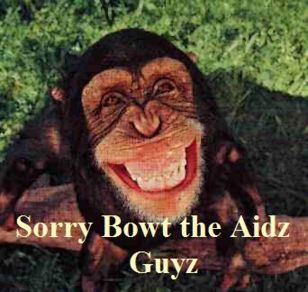HIV stands for human immunodeficiency virus.
AIDS stands for acquired immune deficiency syndrome.
HIV is very similar to a virus called SIV (simian immunodeficiency virus), which is found in monkeys.
The main ways HIV can be passed on to another human are:
- during unprotected sex,
- by using used injecting equipment, and
- from a mother to the fetus during pregnancy, birth or through breastfeeding.
Sorry 🙁 , despite a lot of scientific research, there is still no true cure for HIV. Without treatment, HIV silently damages the immune system (the body’s defense system). Some of the damage cannot be repaired.
It’s much better to start taking treatment before the immune system is damaged – this helps prevent future illnesses. A blood test called a CD4 count tells you when it’s a good idea to start taking treatment.
HIV DOES NOT transferred through social contact: kissing: between people, it does through the contact of body fluids like blood, semen, vaginal secretion but not through saliva!
This doesn’t happen when you hug or talk to someone, or when you use the same fork, cup, plate, towel or bathroom as another person. So there is no risk of passing on HIV in these situations.
Can AIDS cured or treated ?
There has been, and continues to be, lots of research into possible cures.
Current treatment means that many people with HIV are living long and healthy lives, but it does not cure HIV.

